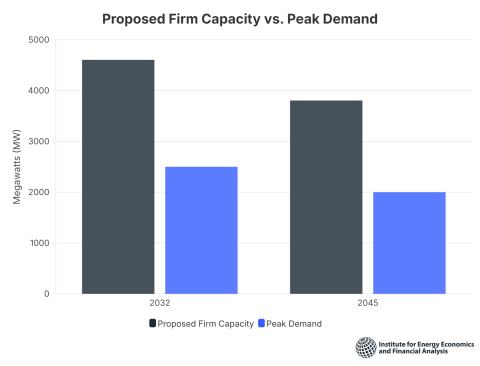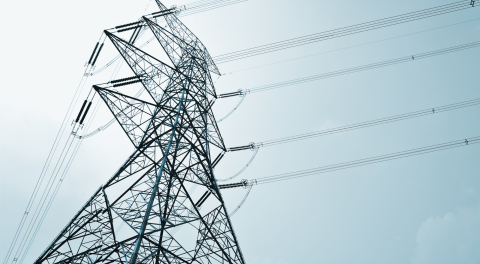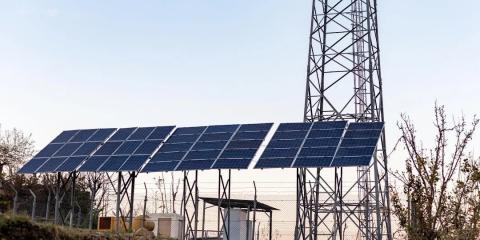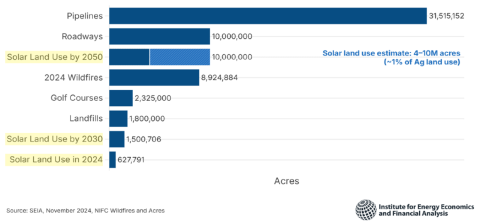A losing proposition: Why the proposal to repower the Cayuga Plant should be rejected
Download Full Report
View Press Release
Key Findings
The Cayuga plant’s economics continue to be affected by the factors that together drove AES Eastern Energy partners into bankruptcy.
One major factor was the dramatic decline in energy market prices.
The Revised Repowering Proposal would not guarantee the long-term reliable operation of the aging Cayuga plant.
Executive Summary
The Institute for Energy Economics and Financial Analysis (IEEFA) has assessed the financial viability of Cayuga Operating Company’s February 2015 revised proposal to repower the coal-fired Cayuga Power Plant (Cayuga) as a natural gas plant, and IEEFA has concluded that the New York State Public Service Commission should reject this proposal.
The proposed repowering would not benefit ratepayers in any meaningful way. Proposed transmission upgrades to address existing reliability issues will have to be made whether or not Cayuga is repowered, thus negating the need to spend $145 million to repower an aging and potentially unreliable plant.
IEEFA’s analysis focuses on the following three issues:
- The financial viability of the Cayuga plant with and without the owners’ February 2015 Revised Repowering Proposal.
- The credibility of the claimed benefits in Cayuga’s February 2015 Revised Repowering Proposal.
- Whether there are other, less expensive, alternatives for achieving grid reliability and for maintaining the local tax base and jobs and promoting economic development.
The major findings of our analysis:
- The repowered Cayuga plant will be uneconomic to operate going forward, without ongoing ratepayer-supplied subsidies. If Cayuga's Revised Repowering Proposal is approved, by the 2027 end of the 10-year repowering period, New York State Electric and Gas (NYSEG) customers will have paid more than $265 million to keep the plant operational. There also is a serious risk that ratepayers will be called upon to provide continued subsidies to the facility even after the 10-year term of the proposal ends.
- Recent reliability analyses show that transmission upgrades recommended by NYSEG would be required to address identified grid reliability concerns whether or not Cayuga is repowered. These analyses effectively nullify the argument for ratepayer-subsidized repowering of the Cayuga plant.
- While Cayuga’s owners claim that repowering would produce energy and capacity cost savings and benefits from fuel diversity, those benefits are unsubstantiated and/or illusory. There are less expensive, and far better, ways to achieve electric grid reliability and to maintain the local tax base and jobs and promote economic development than artificially propping up an uneconomic power plant.
Please view full report PDF for references and sources.
Press release: STUDY FINDS PROPOSED REPOWERING OF CAYUGA POWER PLANT FINANCIALLY UNVIABLE















